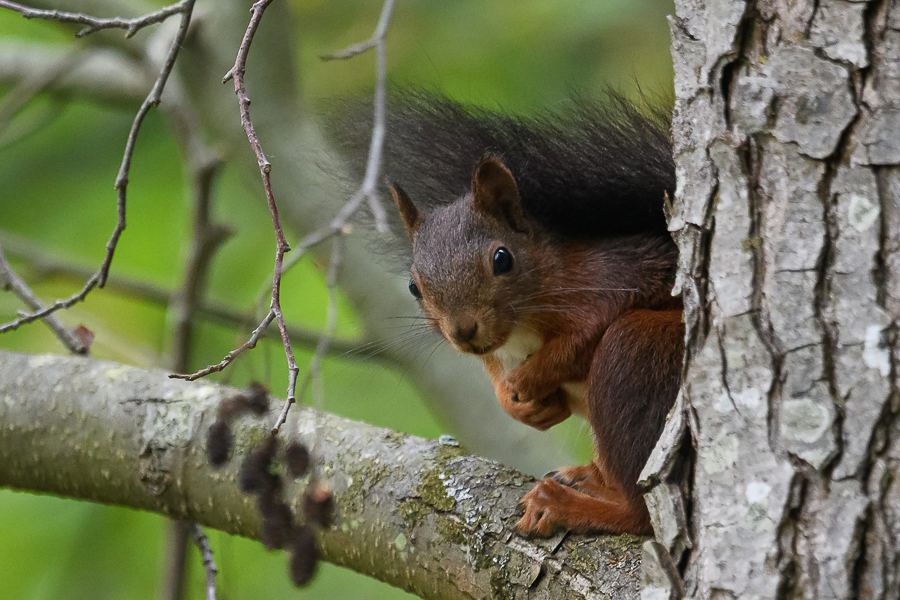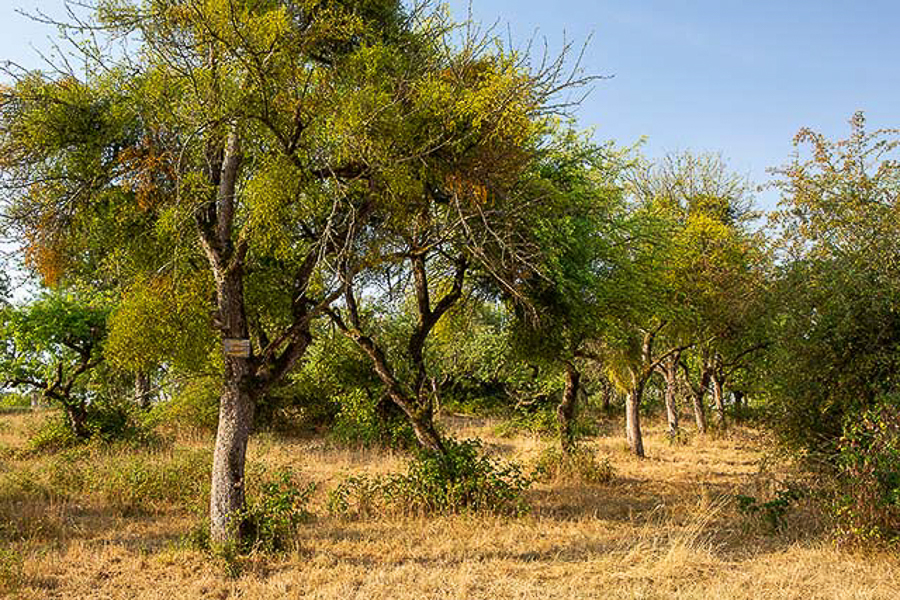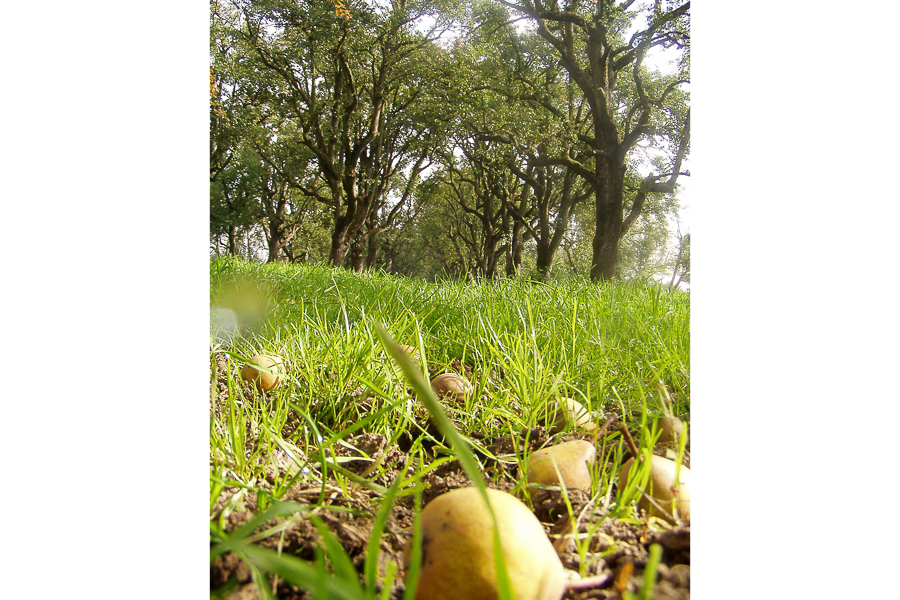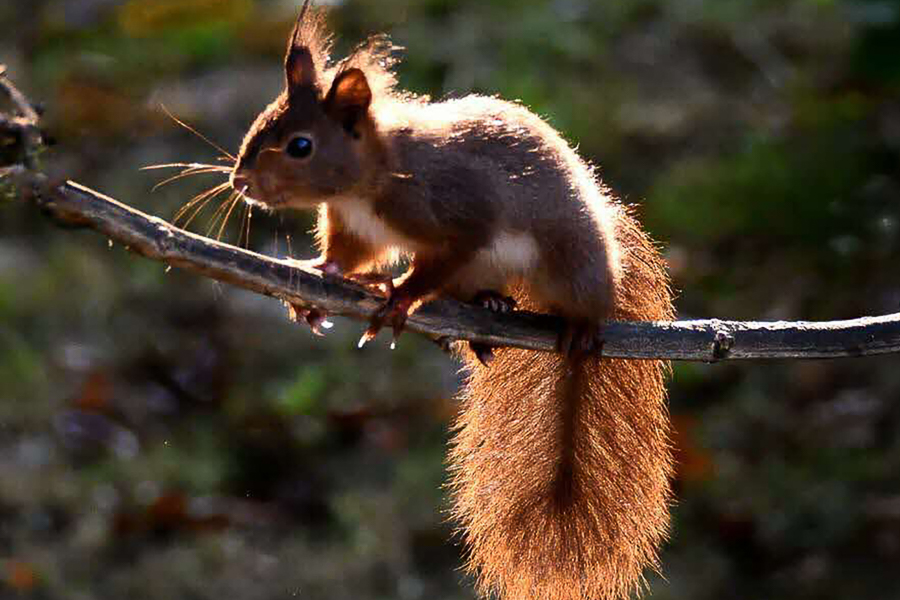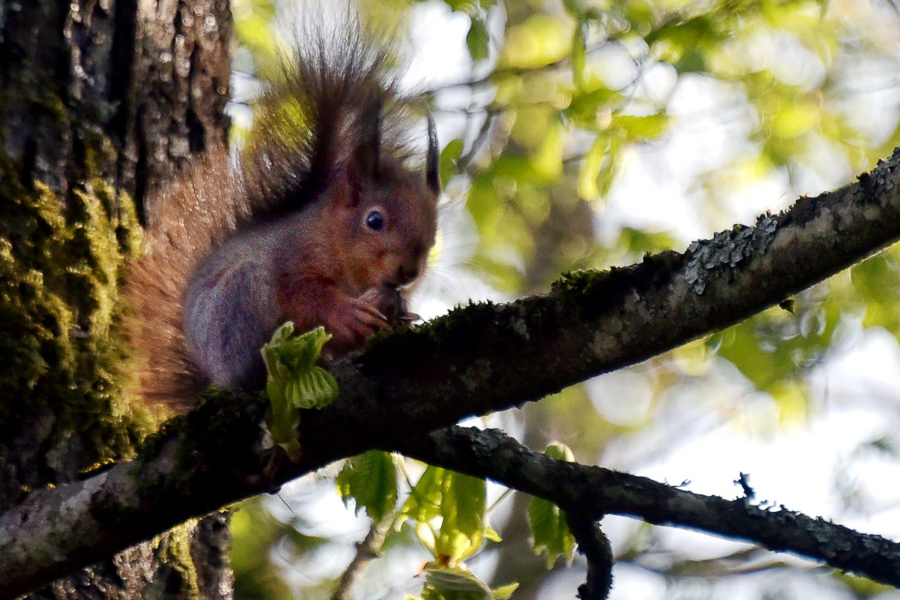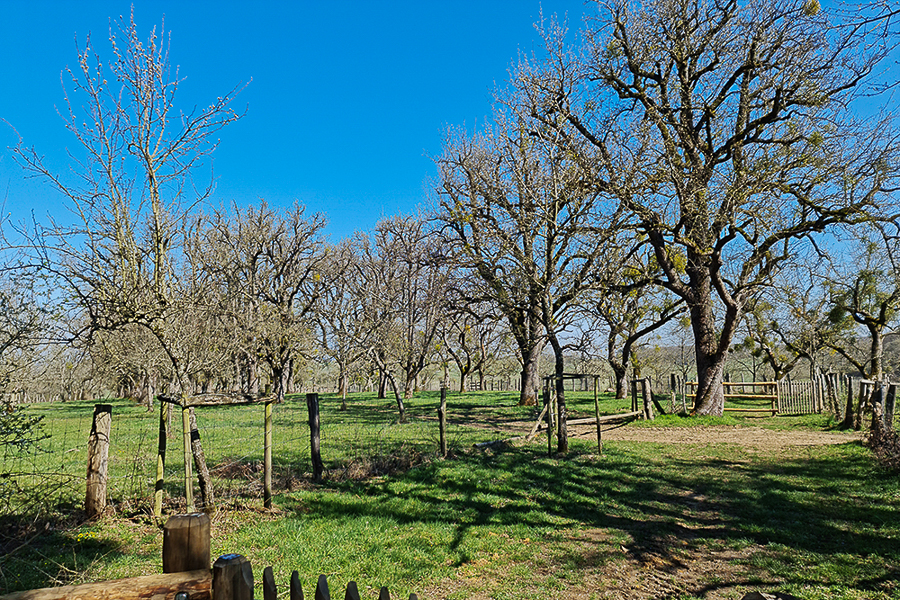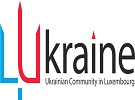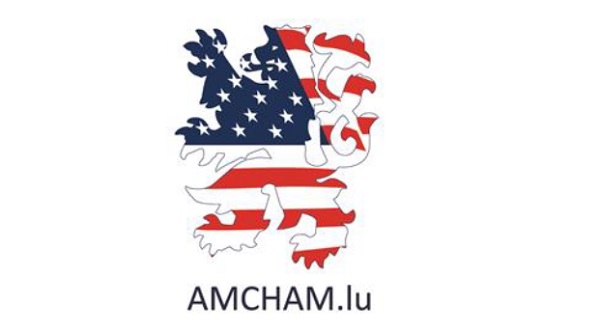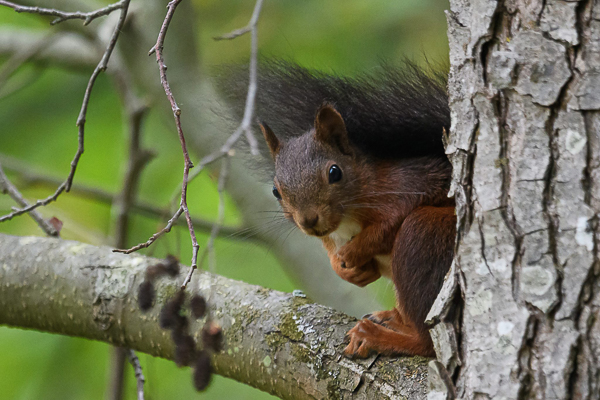 Credit: natur&emwelt
Credit: natur&emwelt
Luxembourg has what is known as a Temperate Climate in which winters are generally mild and summers comparatively cool, with rainfall that can be high; its flora and fauna have thrived in and adapted to this climate over the centuries and millennia, with ongoing challenges due to pollution and recent climate change, as well as the introduction of non-native species, resulting in disruptions to the norm.
Nevertheless, with various initiatives and organisations helping the ecosystem and habitat, including sustainability and re-wilding, there is a lot happening in nature across the Grand Duchy.
Chronicle.lu has teamed up with natur&emwelt (the non-profit organisation (naturemwelt), the foundation (Hëllef fir d'Natur) and the Wildlife Care Centre (Flegeestatioun)) for a series of articles on Luxembourg's fauna in which we look at various mammals, birds, insects, amphibians and aquatic animals, as well as touching on vanishing species returning to Luxembourg, focussing on their lifestyle and habitat, including when and where to observe them.
No. 25 in this series focuses on the Red Squirrel.
The red squirrel (Sciurus vulgaris), a small, agile rodent and iconic inhabitant of European forests, finds an ideal habitat in the Altenhoven Orchard in Bettembourg. This orchard, part of the Minett UNESCO Biosphere natural reserve and the largest orchard in Luxembourg, combines natural and cultural values, offering a privileged refuge for local wildlife.
Lifestyle
The red squirrel is easily recognisable by its bright reddish fur, bushy tail, and sometimes tufted ears in winter. Measuring 18 to 24 cm in body length, with a tail of 14 to 20 cm and weighing 250 to 400 gm, it is an excellent climber and jumper. Omnivorous and opportunistic, it primarily feeds on seeds, nuts, fruits, and young shoots, but may also eat insects and bird eggs. In the Altenhoven Orchard, the local varieties of apples, pears, and plums provide an abundant food source.
Habitat
The Bongert Altenhoven covers 12.5 hectares and hosts about 1,200 fruit trees, including more than 80 local and traditional varieties. Since its creation at the end of the 19th century and its management by natur&ëmwelt since the 1990s, the orchard has become a classified nature reserve.
This open landscape, dotted with meadows, hedgerows, and fruit trees, is a valuable refuge for the squirrel, offering both shelter and food. Meadows grazed by cows in summer prevent the overgrowth of dense hedges while maintaining ecological balance. Forest edges and mature fruit trees provide nesting sites, hiding spots, and vantage points for this active animal throughout the year.
Associated Biodiversity
In addition to squirrels, the Altenhoven Orchard hosts nearly 70 bird species, some listed as endangered, as well as martens, dormice, and several bat species. More than 200 species of wood-decay fungi have been identified in the orchard, some of which are rare in Luxembourg. This complex ecosystem highlights the importance of sustainable management of traditional orchards for biodiversity.
Where and When to See Them?
A 1,300 m educational trail runs through the orchard, allowing visitors to explore the site’s ecological and cultural richness. Although often discreet and active during twilight hours, squirrels can be observed climbing trees or foraging on the ground and among the branches. Guided tours and Naturlab activities provide a unique opportunity to raise public awareness about the conservation of these habitats and the wildlife they support.


